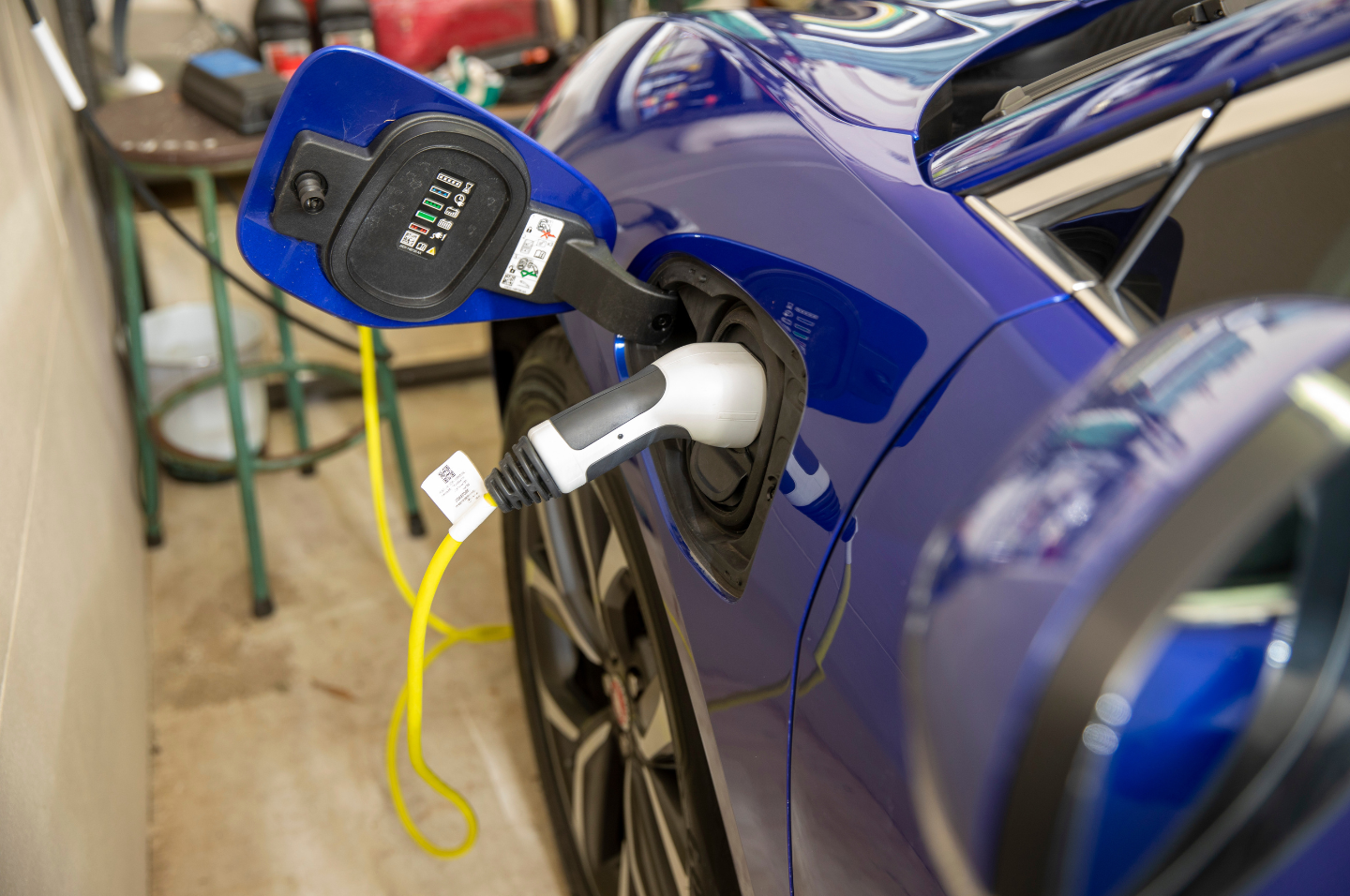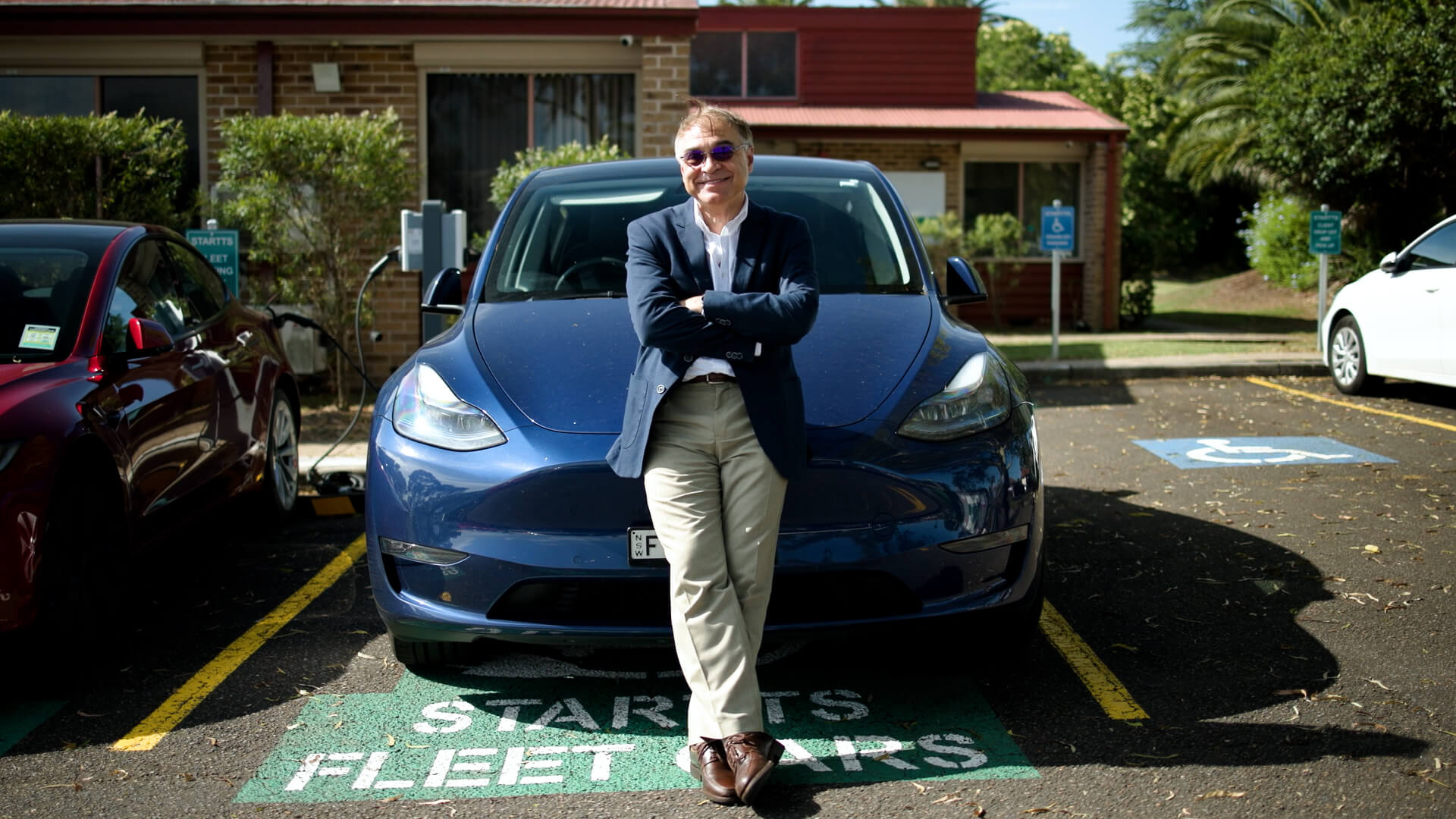Key information
- Competitive bid funding round 6 is now closed. The next round is planned for April 2026, and the updated guidelines will be published at that time.
- Kick-start funding for financial year 2026 is now open and will close on 29 May 2026.
Sign up to receive fleets incentive information to your inbox.
Key resources:
The NSW Government is helping businesses fast-track the transition of their fleet to electric vehicles. The EV fleets incentive provides funding for eligible businesses to help purchase battery electric vehicles (BEVs) and smart chargers.
Benefits of electrifying your fleet
- Save operating costs: EVs are significantly cheaper to run and do not need to be serviced to the same extent as ICEVs. An average NSW fleet driver is likely to save around $3,100 in running costs per vehicle per year by switching to an EV.
- Reduce carbon emissions: a fleet of EVs produce no tailpipe emissions, making them superior for air quality, human health and the environment than an ICEV.
- Better performance: EVs are considered by experts and users to have greater technical performance than ICEVs.
- Your actions add up: by making sustainable vehicle choices for your businesses, you're saving on costs and helping NSW reduce carbon emissions to reach net zero by 2050.
See how STARTTS used the EV fleets incentive to drive sustainability and lower overheads.
Understanding your funding options
There are 2 funding options available under the EV Fleets incentive:
- Kick-start funding is for smaller fleets or piloting a few EVs.
- Competitive bid is for larger fleets, looking to scale their transition.
Applicants who receive funding under the EV fleets incentive will be disclosed on the NSW Government Grants Finder website within 45 days of the funding agreement being entered into.
Future rounds
We will continue to support eligible NSW businesses and organisations to transition their fleets to EVs. More details on future rounds will be updated as the program develops. Sign up to receive updates.
Learn more about EVs
Whether you’ve already started your EV transition journey or still planning, there is a suite of NSW Government resources available. These will help you figure out costs, driving range, charging and more.
Electric vehicle tools and resources
Which electric vehicle should I buy?
List of available EVs in Australia
Find out where to charge your electric vehicle
Register your interest
If you wish to receive updates on BEVs and other NSW Government initiatives, fill in your details below:
Contact us
If you have any questions please contact us at [email protected]

